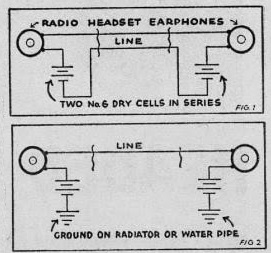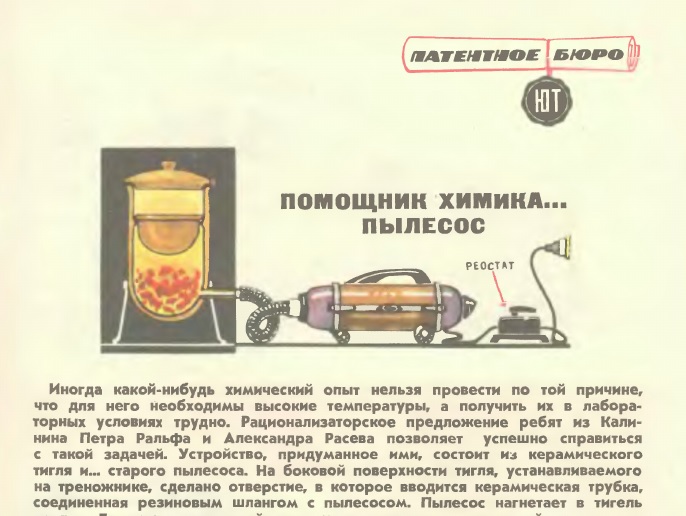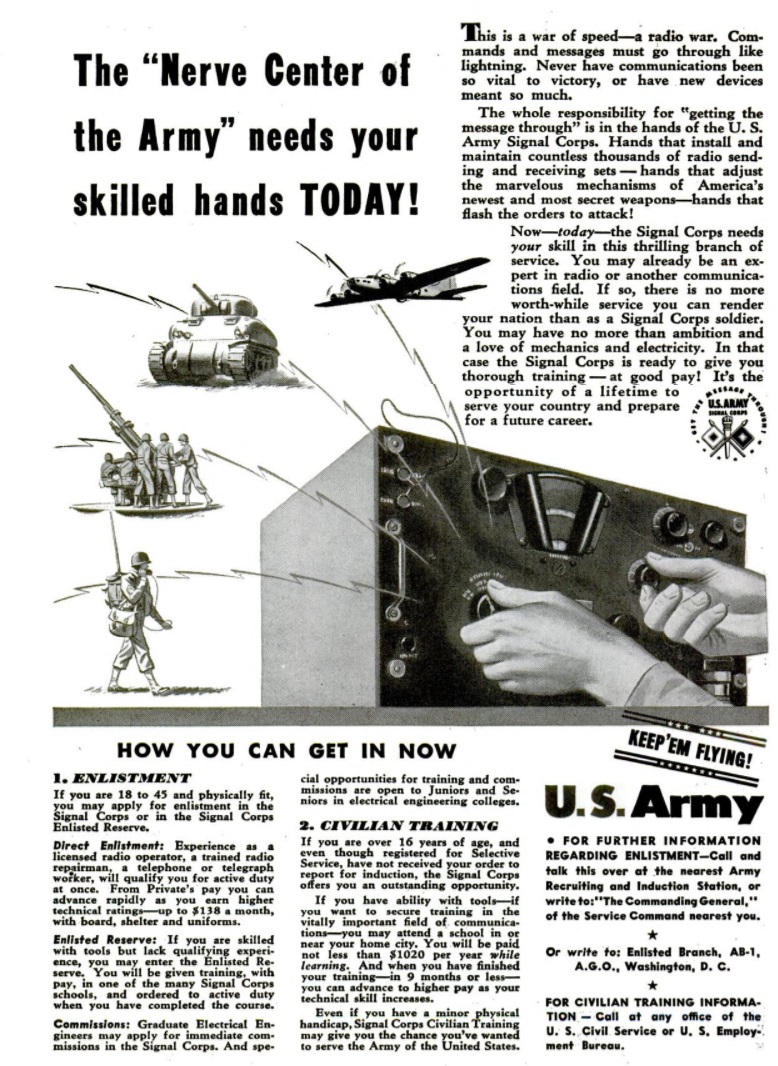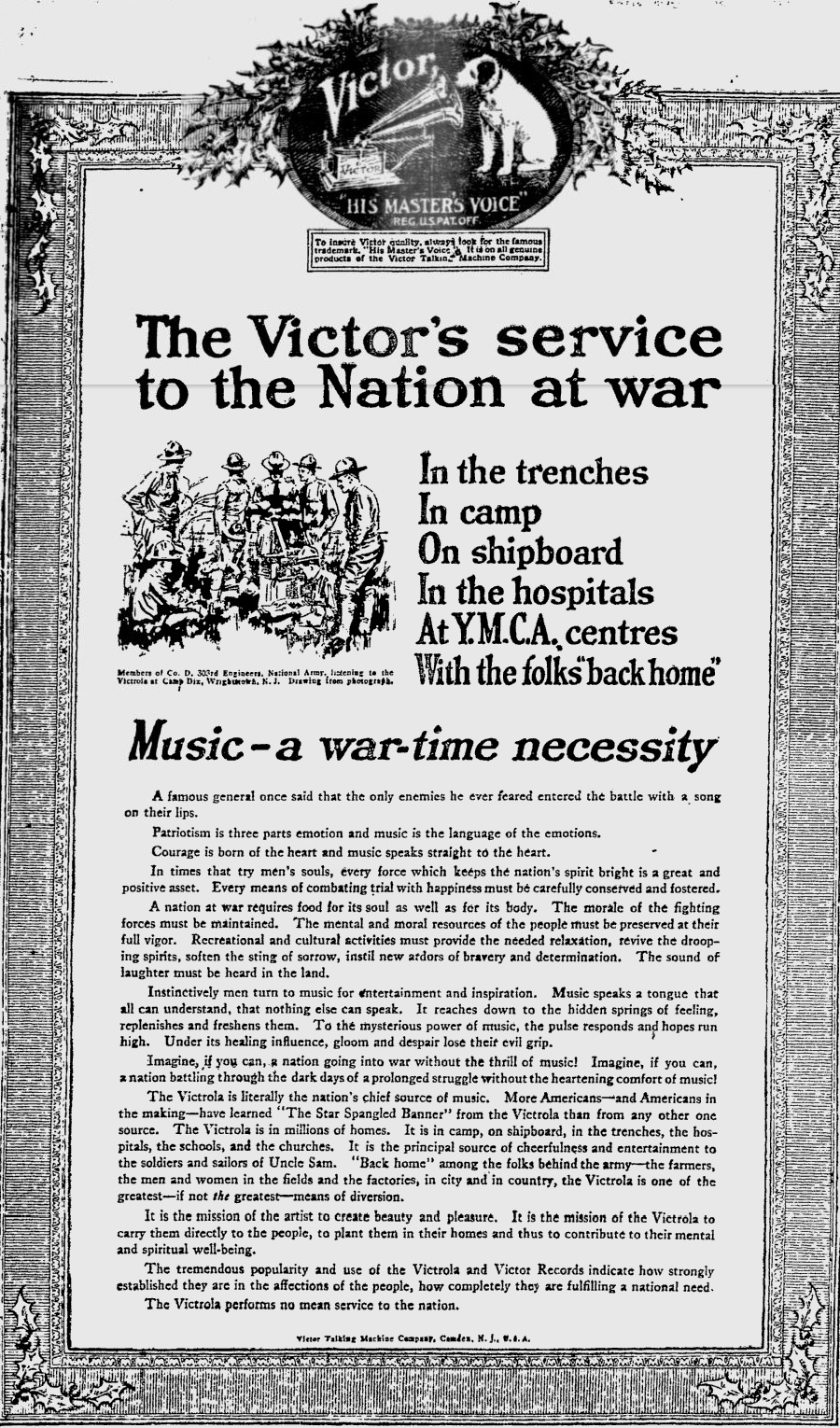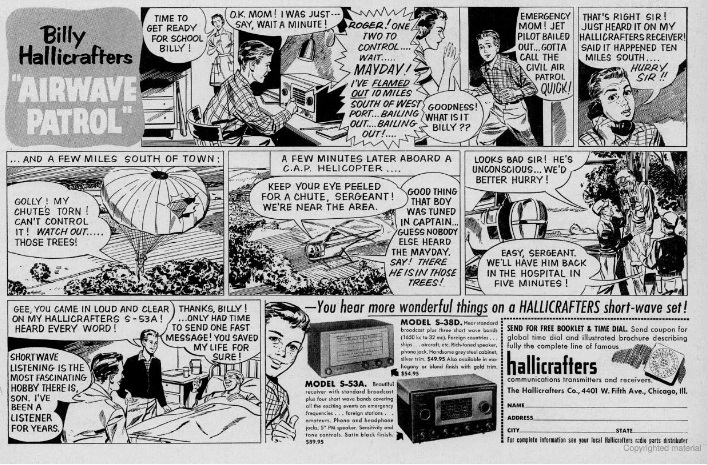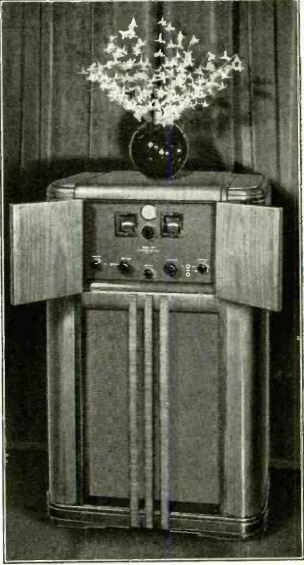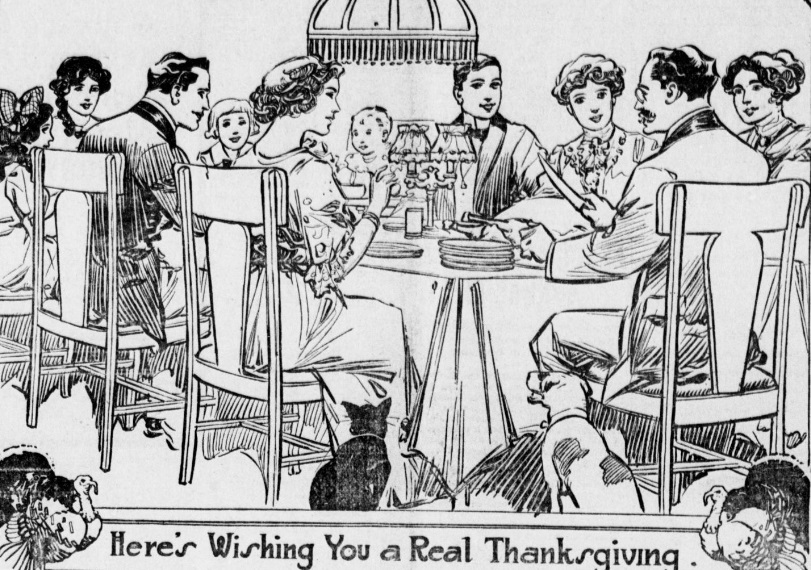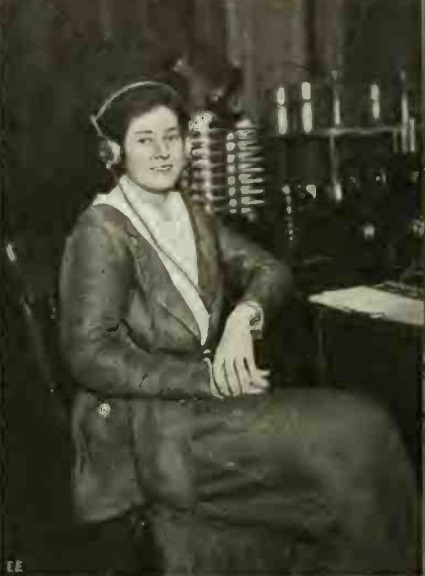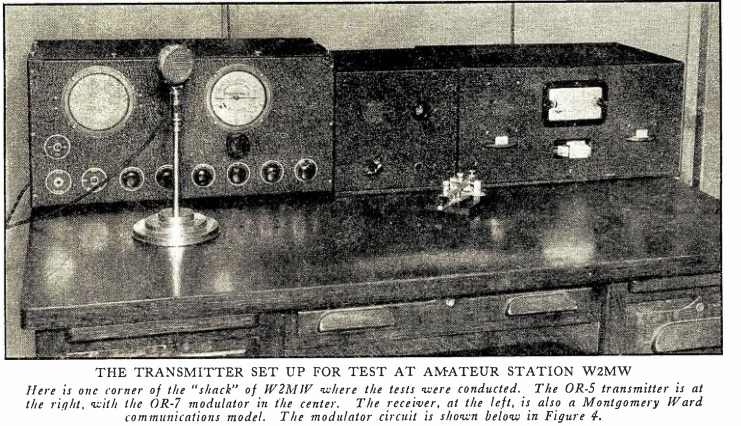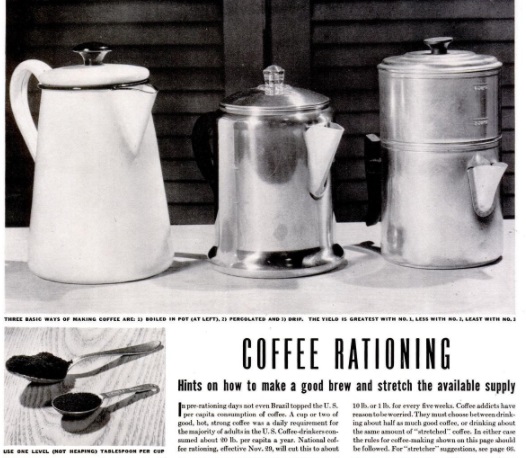 75 years ago, the war had hit the home front, as shown by this article in this day’s issue of Life Magazine, November 30, 1942. It wasn’t tires or gasoline or even sugar. This time, it was serious. German U-Boats were sinking freighters coming from Brazil, and as a result, the United States was about to adopt coffee rationing. Coffee addicts would be limited to one pound of coffee every five weeks, and Life magazine showed them how to cope.
75 years ago, the war had hit the home front, as shown by this article in this day’s issue of Life Magazine, November 30, 1942. It wasn’t tires or gasoline or even sugar. This time, it was serious. German U-Boats were sinking freighters coming from Brazil, and as a result, the United States was about to adopt coffee rationing. Coffee addicts would be limited to one pound of coffee every five weeks, and Life magazine showed them how to cope.
In the illustration above, the magazine notes that boiling is the most efficient method of producing coffee, followed by percolating, followed finally by drip methods. The magazine discussed methods of conservation, the simplest being not filling the cup all the way. It noted that adding a small amount of chicory would stretch the yield about 30% without affecting the taste very much. And while not advised by experts, the magazine even touched on the possibility of “double dipping.”
To prevent hoarding, some retailers were breaking the seal on vacuum packed cans of coffee, insuring that the contents be consumed promptly.

